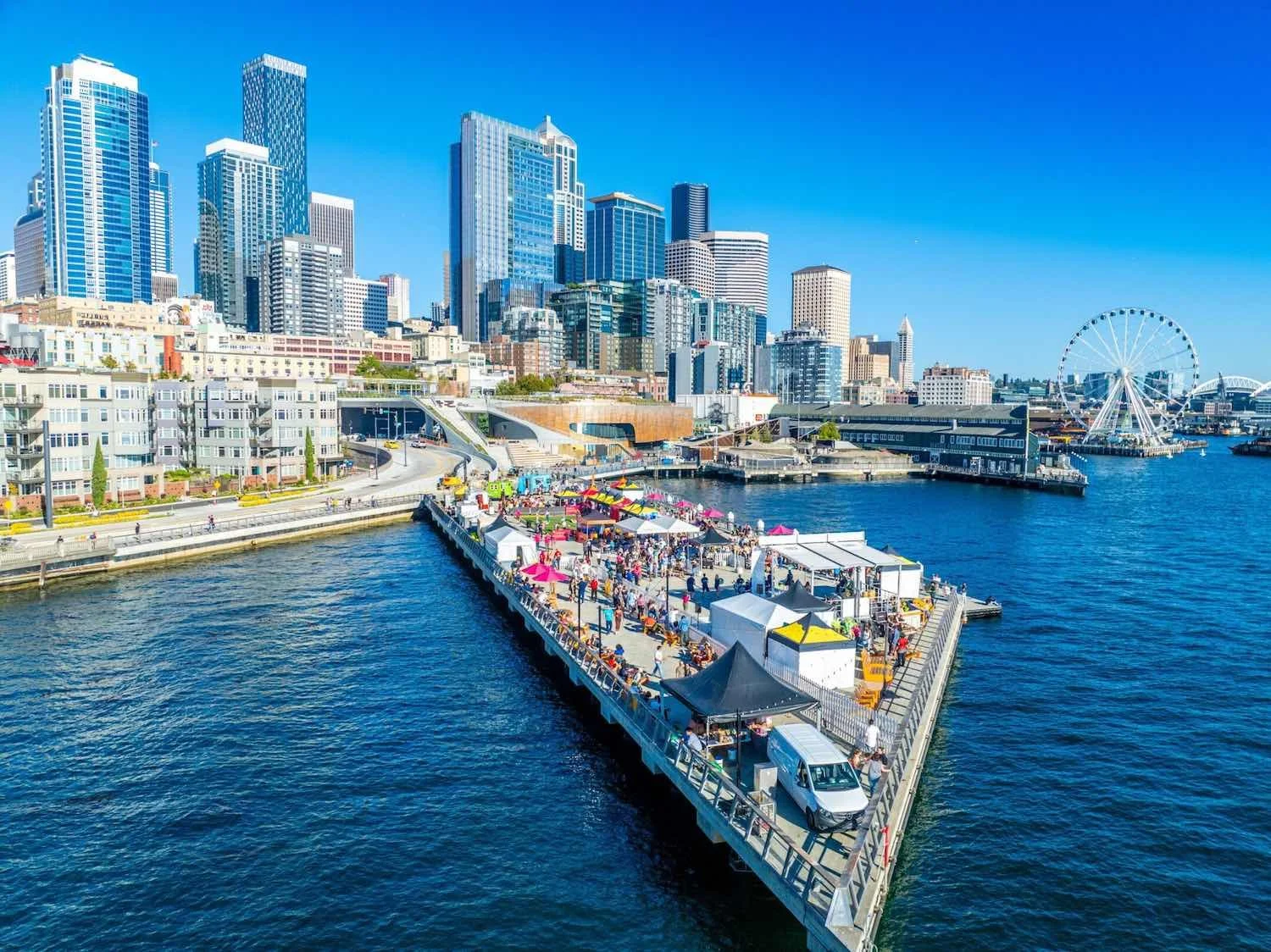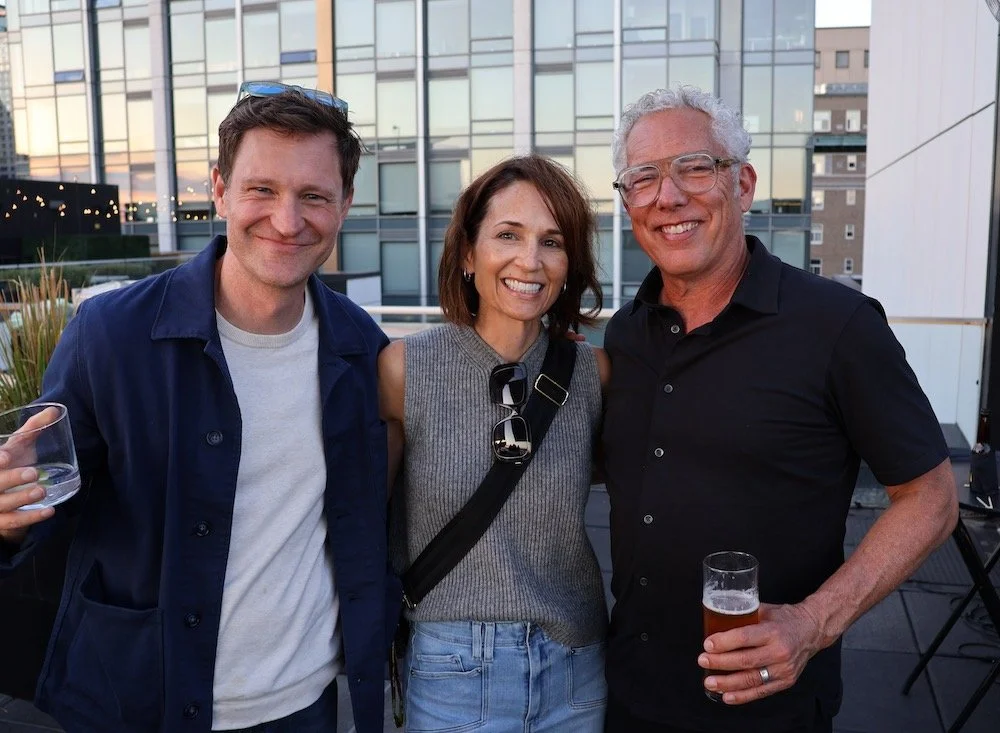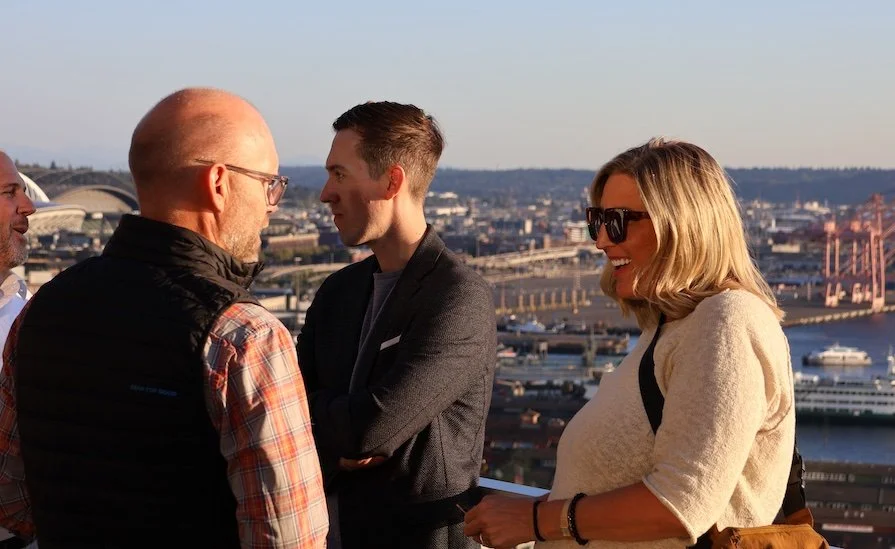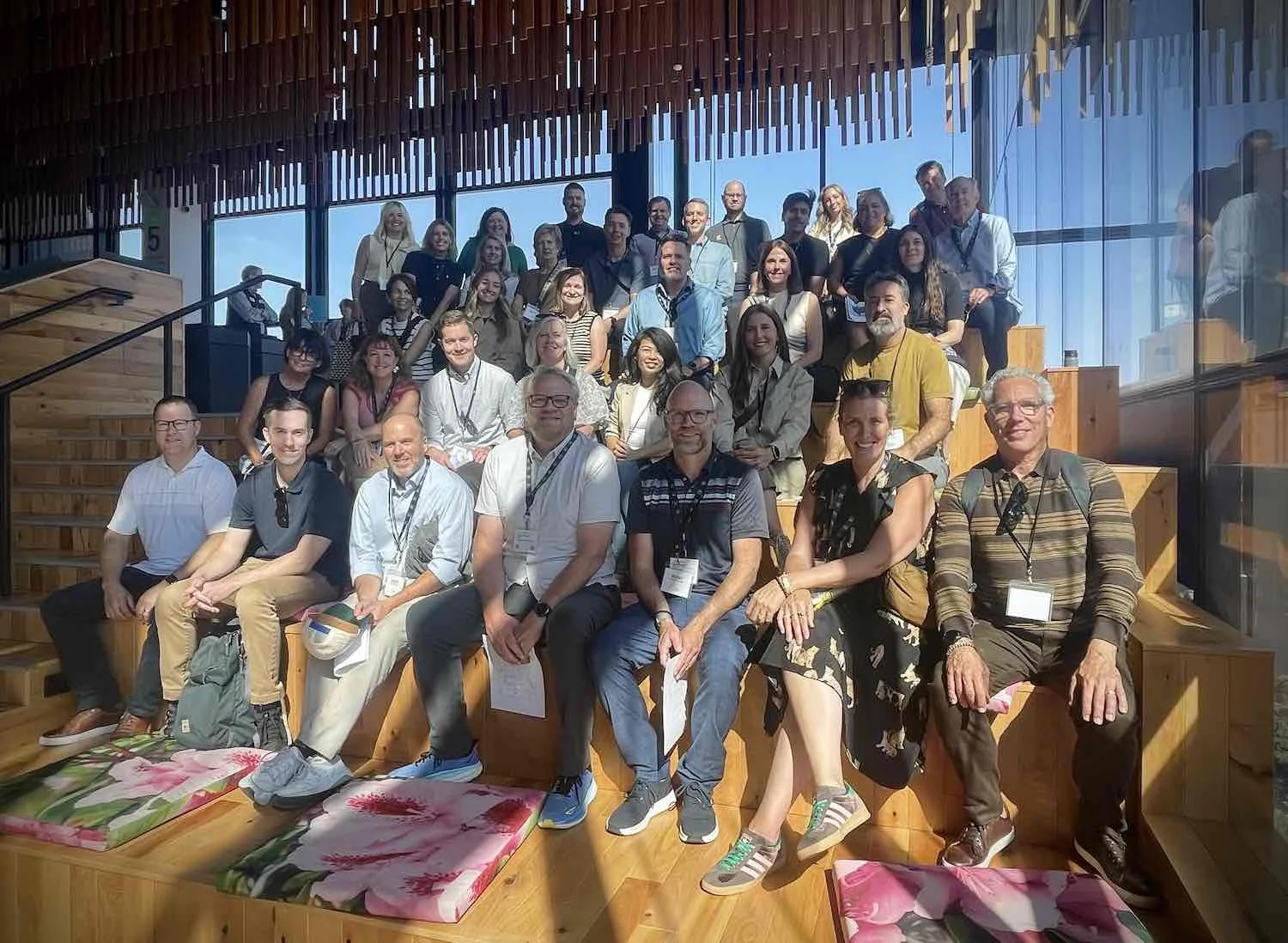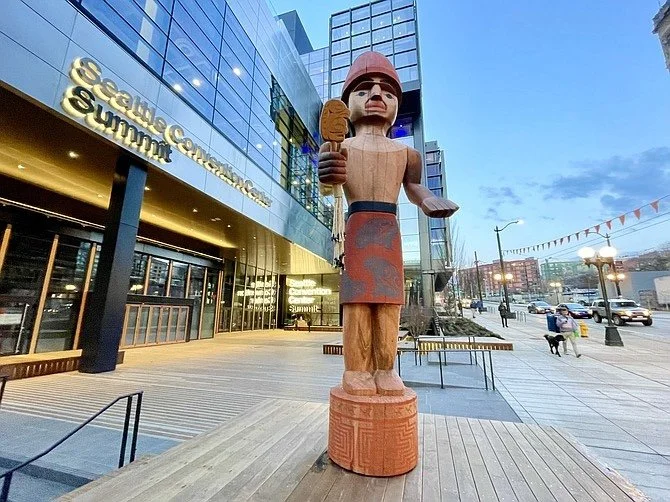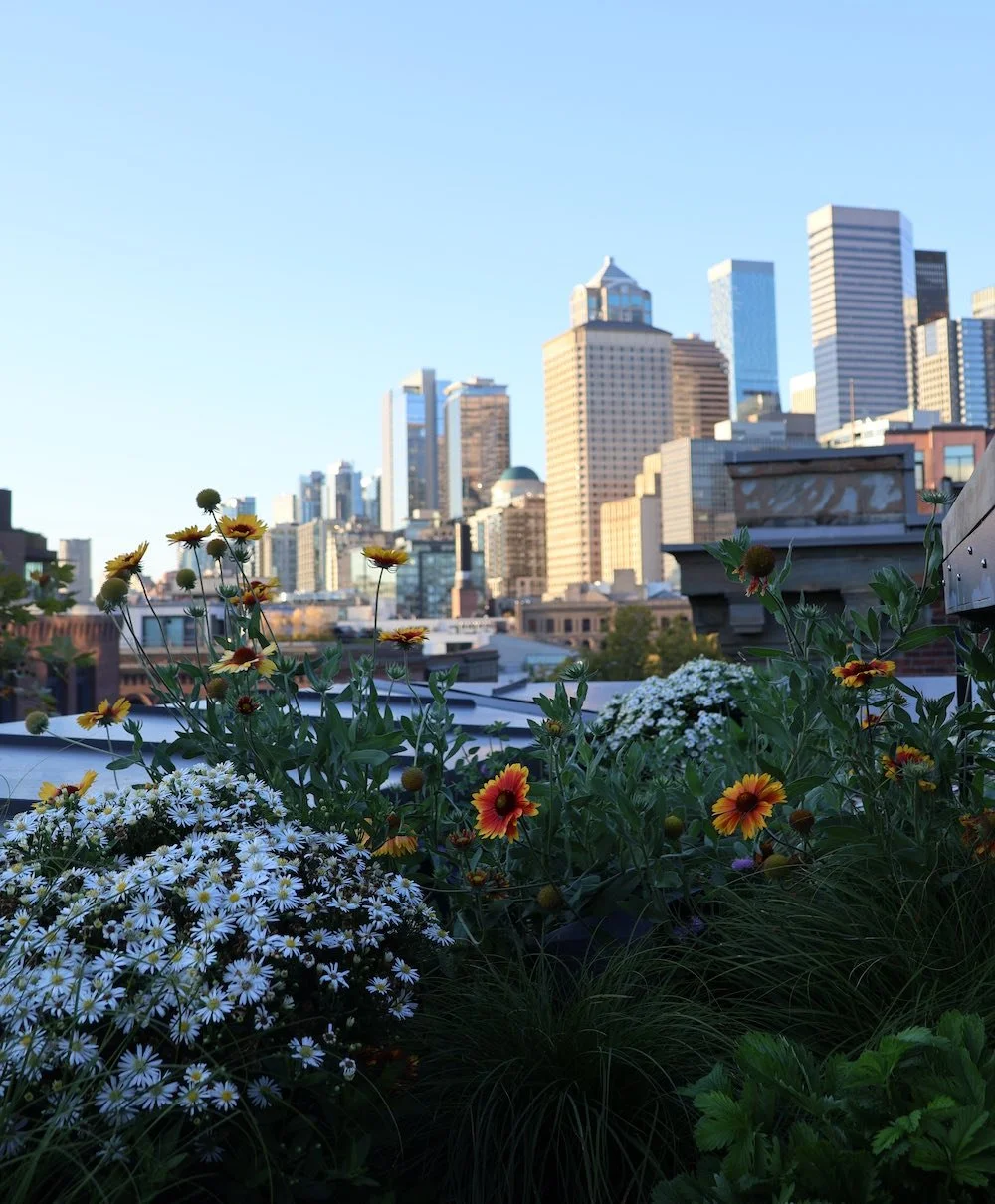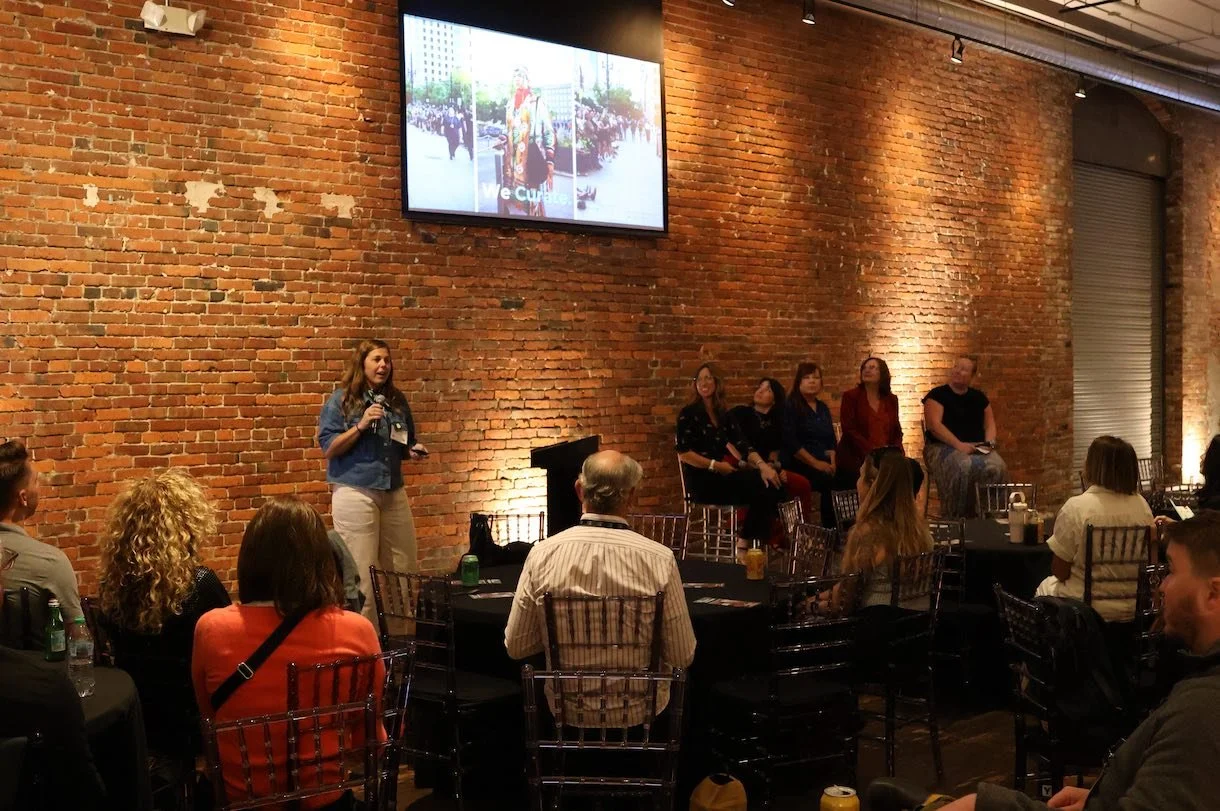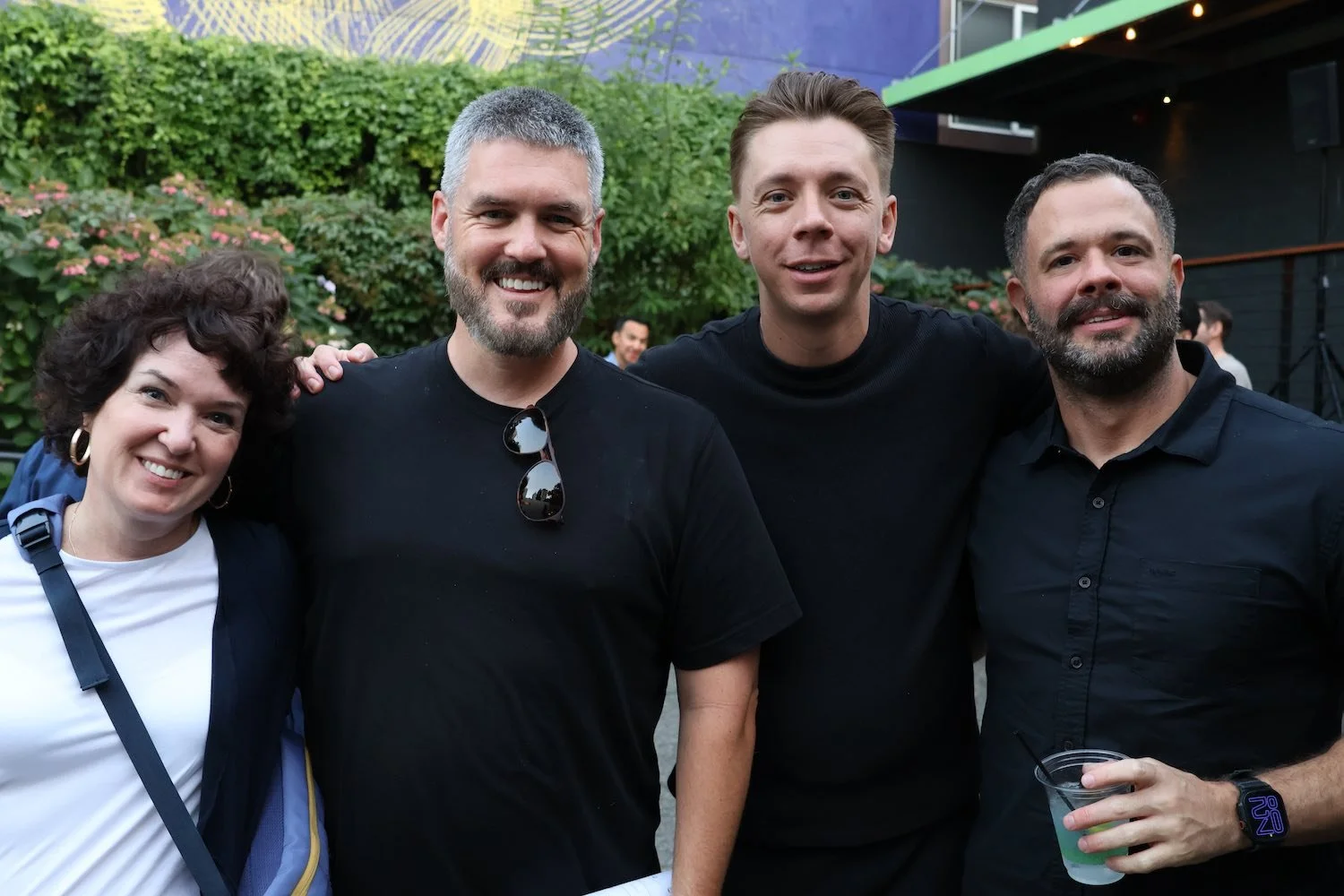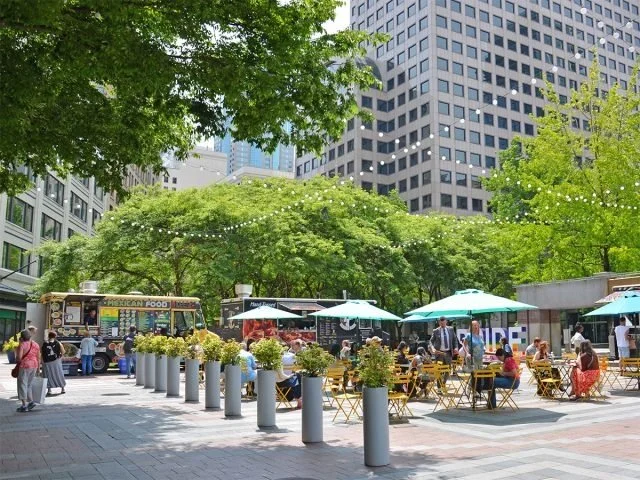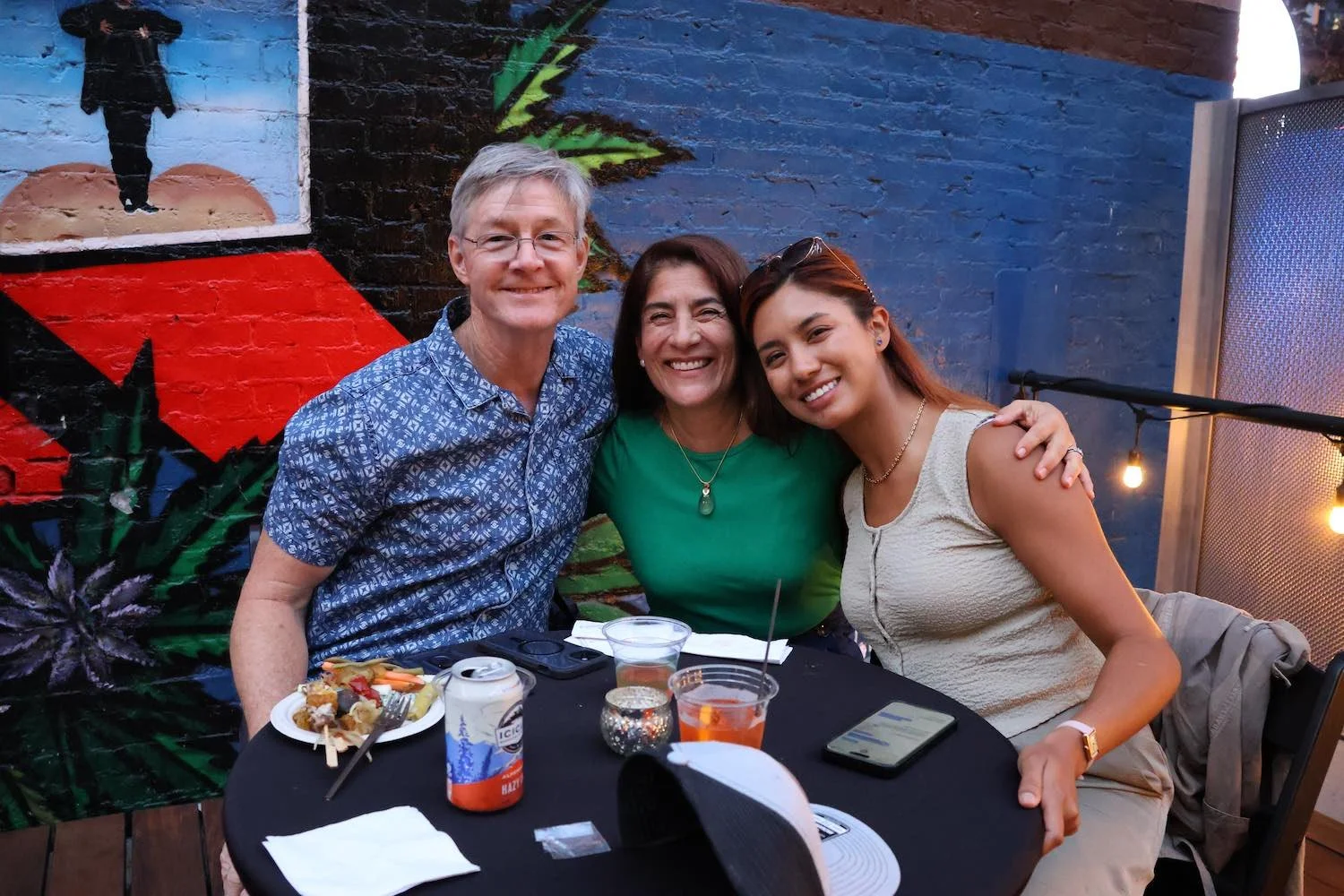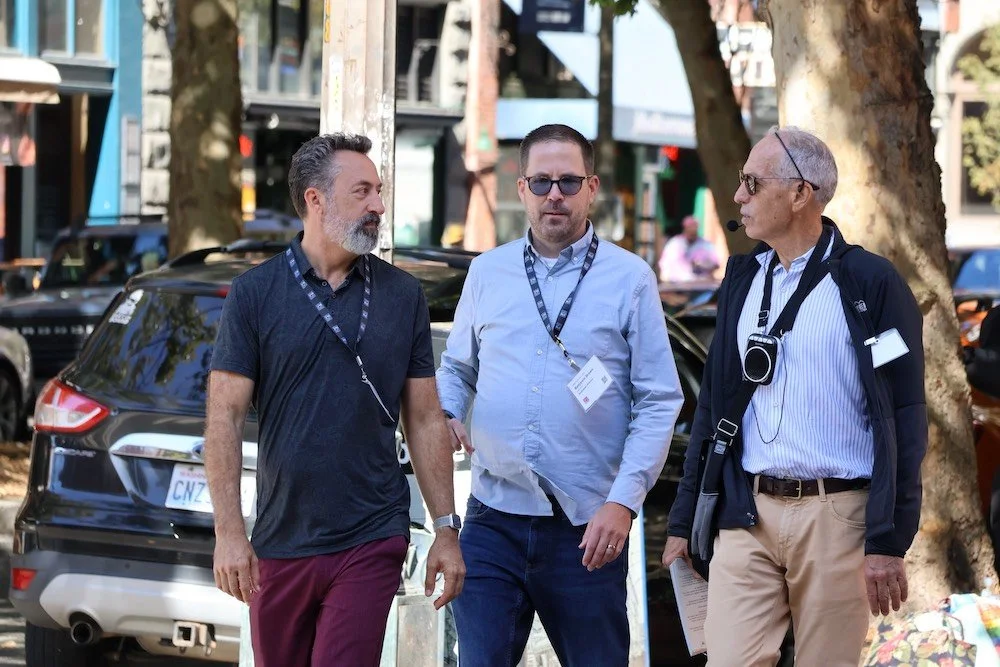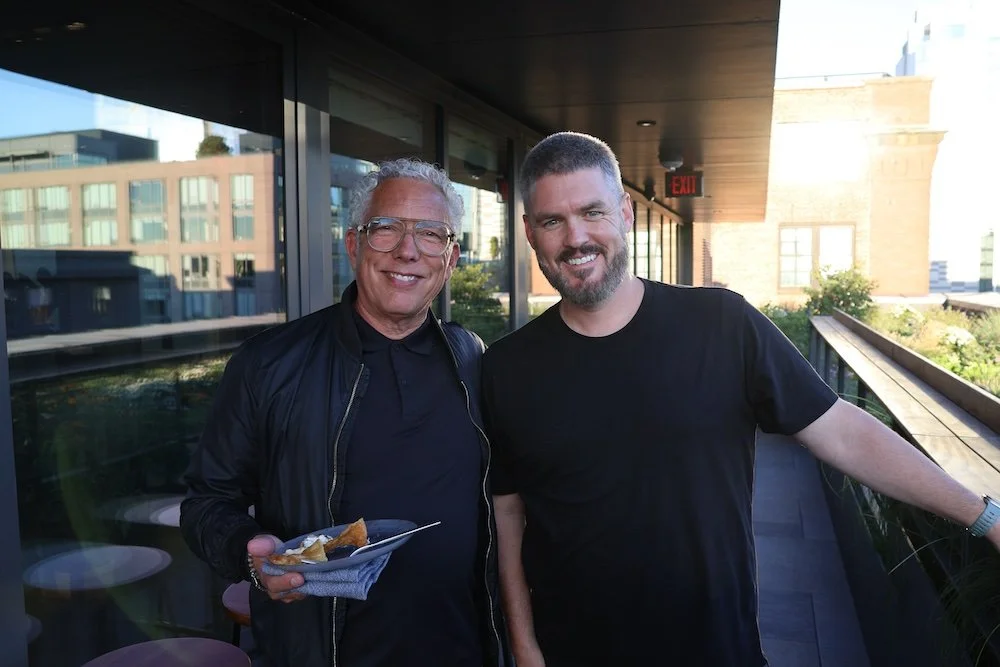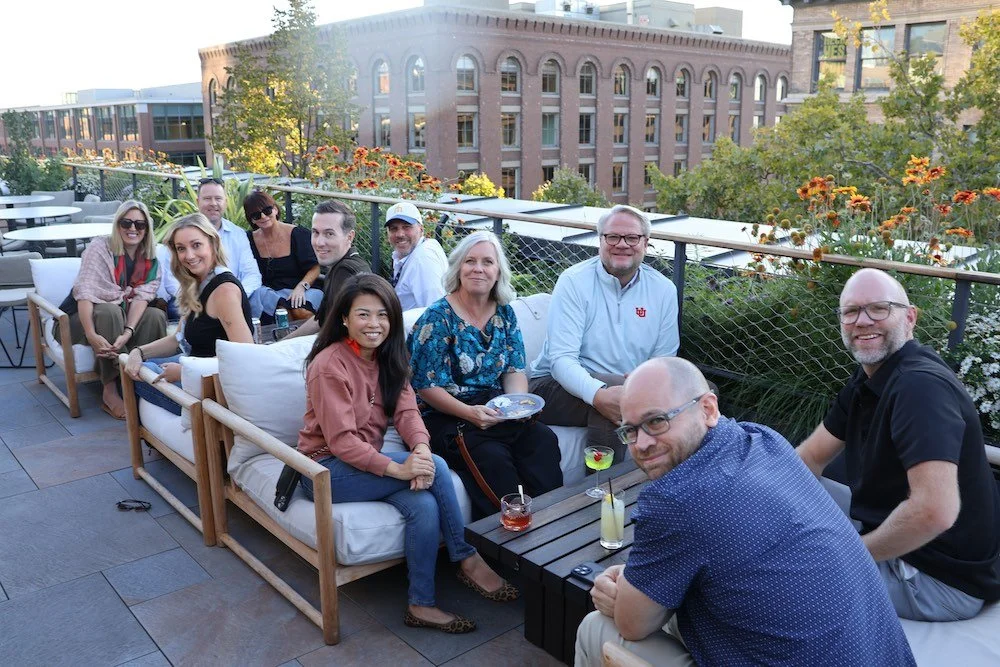Urban Exploration Findings
A Love Letter to Seattle & and To-Do List for Downtown SLC
What an exploration! Spending time in Seattle with such a thoughtful group who loves Salt Lake as much as we do was a gift. As with every Urban Exploration, it wasn’t just about what we saw and learned, but the critical conversations we had along the way.
You challenged us to publish what we learned. Here is our snapshot of the trip–what we saw and learned–and, more importantly, how these learnings relate to next moves in Salt Lake City.
Consider this a draft. What else did you see? What else should the Downtown SLC community do? Call your favorite Alliance staffer or send your notes to info@downtownslc.org Let’s dream big and keep the conversation going.
Waterfront: Infrastructure That Builds Identity
Relevant to: Pioneer Park, Green Loop, public space management
What did we see?
Seattle replaced a failing highway with a $3.5B tunnel and handed the reclaimed waterfront to landscape architect James Corner (High Line, NYC). The result is a pedestrian-first park system with salmon habitat, public art, year around activations, and family-friendly parks.
What did we learn?
Big infrastructure serves big values when coalitions align. The transformation was fueled by a multi-decade coalition of business owners, port officials, suburban mayors, environmentalists, and public agencies.
What can we do?
In evaluating Pioneer Park opportunities, consider how specific improvements will (or won’t) enhance public life and vitality for residents and for economic opportunities for property owners. Invest accordingly.
Engage property owners and other stakeholders in planning outcomes and purposes for a Green Loop infrastructure investment that will be a true generational investment.
Build coalitions across sectors early: property owners, residents, business operators, health, tourism, art, and sustainability.
Invite visionary designers who can create spaces that serve social purposes and honor the region’s natural ecology.
Remember when Council member Chris Wharton’s baby stole the show?
Summit: A Convention Center as a Civic Catalyst
Relevant to: the Salt Palace Rebuild, 2034 Olympics, Temple Square reopening
What did we see?
Seattle’s Summit Convention Center is not just placed in the city, it is integrated with the downtown neighborhood and features public seating and restaurants, art, views of the sound, and natural light everywhere.
What did we learn?
Convention centers don’t have to feel monolithic and dreary. A new state-of-the-art Salt Palace should incorporate a community-first mindset that feels like an extension of Salt Lake City’s beauty that leaves visitors with an authentic sense of this place.
What can we do?
Design Salt Lake’s new convention center to attract convention delegates and delight locals with downtown amenities (views, restaurants, walkways and art-ways).
Incorporate public art, natural materials, flexible indoor-outdoor space, and street-level activity.
Develop this generational opportunity by thinking beyond an event venue and toward a cultural foyer for all Utah visitors–Olympic, religious, or those bound for a national park.
(Left) Summit’s spaces are comfortable and inviting to visitors and locals.
(Right) Seattle’s built environment and ecology provided 360 degrees of beauty.
Creative Economy as Economic Strategy
Relevant to: The Blocks, Public Art, Cultural Infrastructure, Public Private Partnerships
We’re big fans of his mobiles, but Calder’s “The Eagle”, at the free public sculpture garden of the Seattle Art Museum is pretty cool too.
What did we see?
Seattle invests $100M each year from a countywide sales tax into arts and creative industries. Programs include public murals, storefront activations, the Cloudbreak music festival and artist housing support.
What did we learn?
Art isn’t just a vibe—it’s a viable economic engine. Public-private collaborations make Seattle’s creative investments sustainable and equitable.
What can we do?
Broaden the goals of The Blocks Arts District, Salt Lake Art Council, and Salt Lake County Arts to include expanding economic opportunities in the region.
Leverage downtown opportunities and challenges to install beauty and foster economic opportunity. Think: Olympic cultural programming, vacant storefronts, creative sector retention, Temple Square open house audiences.
Develop dedicated funding streams (Special Assessment Areas, philanthropy, ticket fees) for cultural infrastructure.
Expand artist-in-residence programs, microgrants (like A.C.E.), and cultural placemaking in commercial corridors.
Michaela and her dark angels.
Vitalizing Public Spaces with Activation & Staffed Attendants
Relevant to: The Sports, Entertainment, Convention and Cultural District, Pioneer Park, Downtown Ambassadors
What did we see?
Downtown Seattle Association manages daily activations, seasonal events, and full-time ambassador teams for hospitality and safety in six downtown parks.
What did we learn?
Programming is as important as design in Downtown SLC public spaces. Physical space improvements don’t stick without managed activation, caretaking and a welcoming human presence.
What can we do?
Expand Downtown Ambassador programming to include public space management in Pioneer Park and other key downtown project areas.
Scale up Downtown Ambassador education as frontline hospitality hosts.
Co-design public space activations with community partners (arts organizations, spirited artists and local businesses).
Dreamboats, all of them!
Pike Place Market: A Neighborhood Anchor
Relevant to: Downtown Farmers Market at Pioneer Park, food access, neighborhood vitality
What did we see?
An historic market that is the picture of urban vitality, supports local needs and drives tourism, spending and tax revenue.
What did we learn?
A well-managed public market stabilizes a neighborhood, grows small businesses, and bridges urban-rural divides—all while being a beloved civic destination.
What can we do?
Build the Pioneer Park market building to support a vital and safe Pioneer Park. Create a beloved multi-use civic destination by leveraging the market building to daily programming in the park.
Continue to incubate and fledge new local businesses from the Downtown Farmers Market platform.
A Note of Thanks
We were able to broaden the SLC voices on our Seattle exploration and conversations thanks to generous gifts from Steve and Tiffanie Price and the Salt Lake City Council. Their financial support expanded the conversation and allowed additional artists and business owners to participate.
One Final Thought
As we navigate into a decade of once-in-a-generation opportunities— 2034 Winter Olympics, Temple Square reopening, an entertainment district, a Salt Palace rebuild, and a vitalized Pioneer Park—Salt Lake would be wise to follow Seattle’s examples of coalition building and dreaming big.
Thanks to all the city builders who joined the conversation in Seattle!
A fun time was had by almost all!
Next Up: Downtown Detroit - Sept. 16-19, 2026
Downtown reinvestment, public space management, sports fandom as civic pride, philanthropy, adaptive re-use, catalytic art investment, never giving up.


